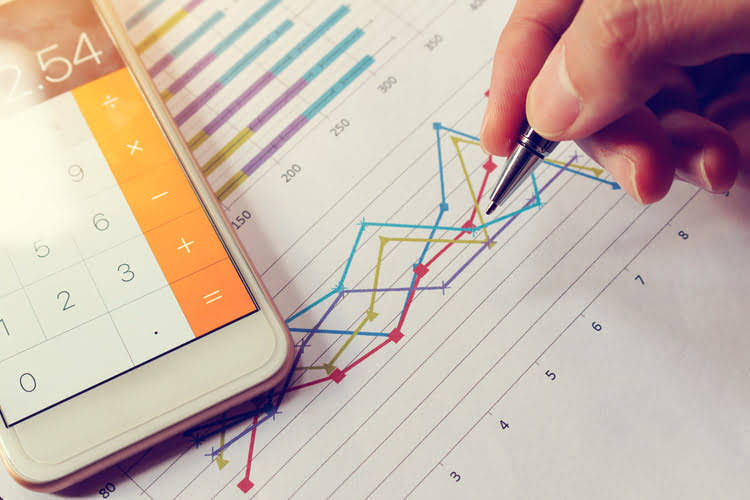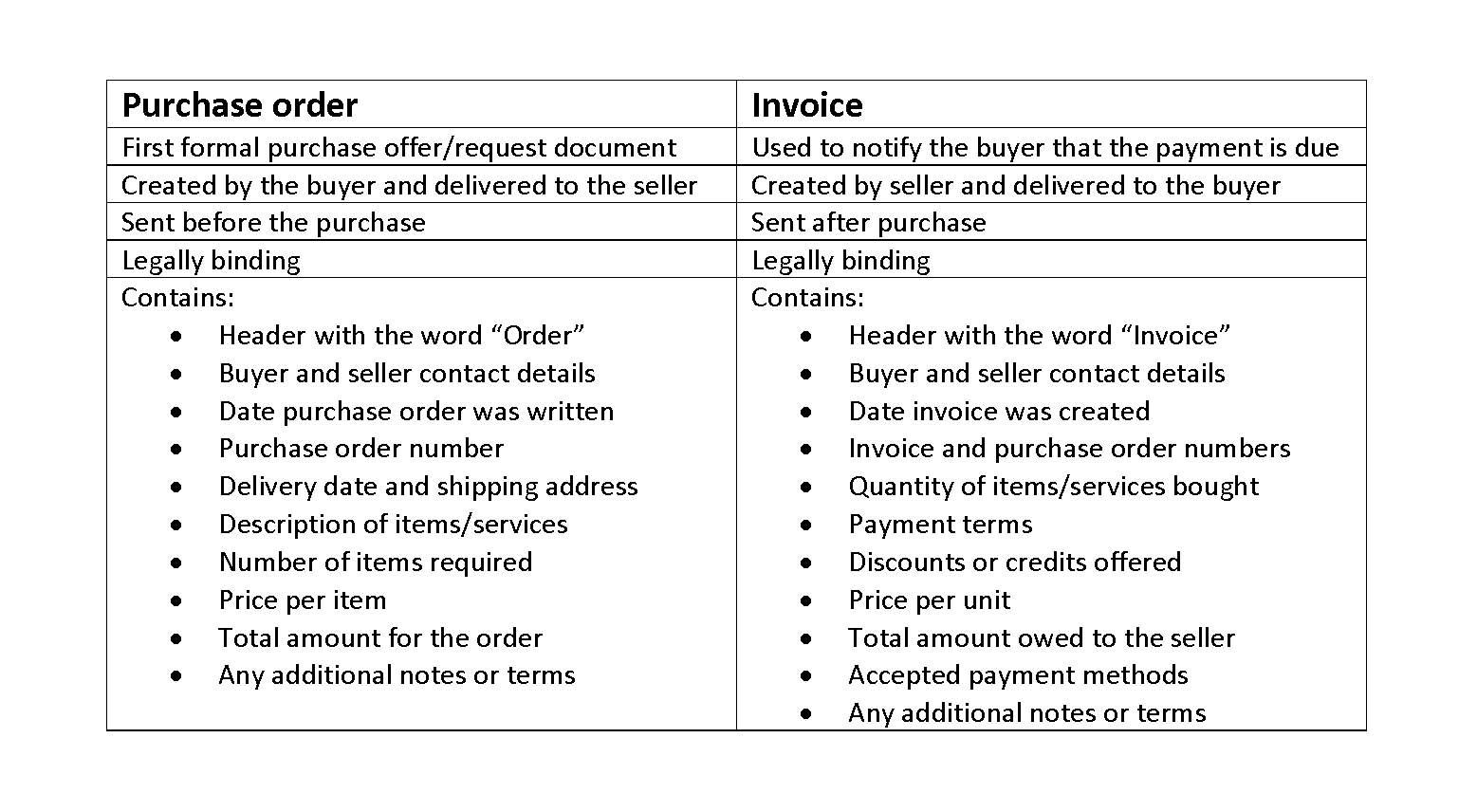
It can help analyze the value of a company, understand the asset-to-liability ratio, and estimate current liquidity. The balance sheet is a statement that shows a detailed listing of assets, liabilities, and capital showing the financial condition of a company on a given date. Ratios, such as gross margins, operating margins, price-to-earnings and interest what goes on balance sheet vs income statement coverage, paint a picture of financial performance.
- On the other hand, the income statement focuses on the company’s financial performance over a specific period, detailing its revenues, expenses, and net income.
- It refers to the money a company or business realizes from non-business activities.
- This frequency allows for consistent updates in the company’s financial performance.
- Our intuitive software automates the busywork with powerful tools and features designed to help you simplify your financial management and make informed business decisions.
The difference between the balance sheet and income statement
Understanding these differences is crucial for anyone who wants to keep their finances in check. Sit back as we’ll explore each concept in depth, then break down the differences between them. Download a free balance sheet template for an easy way to save time and energy creating your own balance sheet. Investors and lenders use it to determine creditworthiness and availability of assets for collateral.

Revenue

There are two main categories of expenses for businesses, they are operating and non-operating expenses. Net Sales here refer to the total amount of money Partnership Accounting your business receives from the sale of goods, while the cost of goods sold refers to the total expenses incurred to produce those goods. The revenue generated by retailers, manufacturers, wholesalers, and distributors from their primary activities is called sales revenue. On the other hand, the revenue generated by service providers or companies from their primary activities is called service revenues or fees earned. They are assets that the company does not plan to convert into cash within a year. You might be making a lot of sales, but if your liabilities are piling up on the Balance Sheet, you’re headed for trouble.
Profits and Assets

They show the assets, liabilities, and equity, allowing an understanding of the company’s financial health. Income statements track the ongoing finances, profits, and losses of a business over a period, reflecting the results of its operations and investment decisions. While balance sheets answer questions relating to the company’s ability to pay off liabilities, income statements help track profitability and inform future investment decisions. A balance sheet shows a company’s assets, liabilities and equity at a specific point in time. An income statement shows a company’s revenue, expenses, gains and losses over a longer period of time. Along with a cash flow statement, all three financial statements work together to paint a picture of a company’s financial position.
As part of ledger account that, we recommend products and services for their success. One side shows the company’s short- and long-term assets and the other side shows its liabilities and equities for a specific point in time. With the two sides (and here’s the catch) needing to match or, you’ve probably guessed it, balance. Some of your duties are made up of the things you love to do…the reason you’re in business in the first place. Like trying to figure out the nuances of the “balance sheet vs income statement” question.
Small Business Resources

Although $12.5 billion in revenue appears impressive, debt servicing costs meant the company took a loss for the year. It’s worth noting that examining the financials of any company works best when comparing over multiple periods and against other companies within the same industry. This formula is the simplest form of the income statement that any business can generate.
- + attract potential buyers and command the highest possible price.
- Assets are what the company owns, such as cash, inventory, and property.
- Typically, an income statement will represent events taking place over the course of the year, but this can vary by circumstance.
- Every time your business makes a financial transaction, it is possible that both your present balance sheet and future income statement can change.
- Balance sheets and income statements are financial documents that, when taken together, help show a clear picture of the financial health of a company.
Likewise, a strong Balance Sheet with plenty of assets and minimal liabilities doesn’t mean much if the Income Sheet consistently shows losses. Both are used together to monitor a business’s finances and make appropriate spending and investing decisions, but there are some key differences. The above three figures can be determined by analyzing the income statement. The following shows an example of a balance sheet that a company might use for a reporting period. It includes assets, liabilities and shareholder’s equity, further categorized to provide accurate information. This equation forms the foundation of a balance sheet, with assets in one column, equal to the liabilities and the owner’s equity in the other.

Deja tu comentario